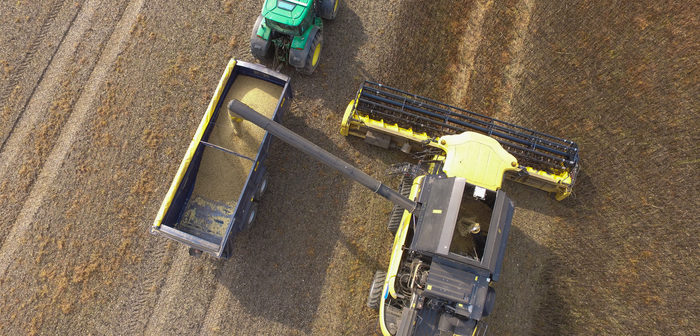New data analysis has highlighted key factors associated with high-yielding crops in the Bean Yield Enhancement Network (YEN) 2021, in which one in 10 bean crops yielded over 7 t/ha.
The YEN programme has highlighted factors not previously recognised as important for achieving good results including shoot height and size, and seed size. This is in addition to the importance of large, well-podded plants with many seeds per pod. Such crops can be achieved by maximising light capture and avoiding stress during flowering and during seed fill.
As expected, higher yields were associated with good pest and disease control, early sowing, longer season length, and late harvesting. Nutritionally, potassium inputs and seed status appeared to play an important role; soils with a low phosphorus index were also associated with low yields.
Agricultural and environmental consultancy ADAS and the Processors and Growers Research Organisation (PGRO) presented results from the network’s third year in a webinar held last month, and they have now published their findings in an online report.
PGRO chief executive Roger Vickers said: “Data collected during 2021 has shown growers the components which associate positively with yield. Through this network, bean growers know where they are going by benchmarking their crops for nutritional, physiological and quality parameters.
Larger groups mean more data
“The larger the group of participating growers and the more real farm data we can analyse, the greater the validity of our conclusions. The Bean YEN is now entering its fourth season and I am delighted that entries are increasing each year.”
ADAS Physiologist and Bean YEN manager Thomas Wilkinson said: “As the network expands and our knowledge grows, we’ll look for seven-tonne crops to become more common.
“In 2022, we will be looking to improve the user experience of the Bean YEN online tool. For instance, we have started to develop individual user accounts and benchmarking on-line. As this tool improves, members will be able to select and filter results, and make better comparisons.”




